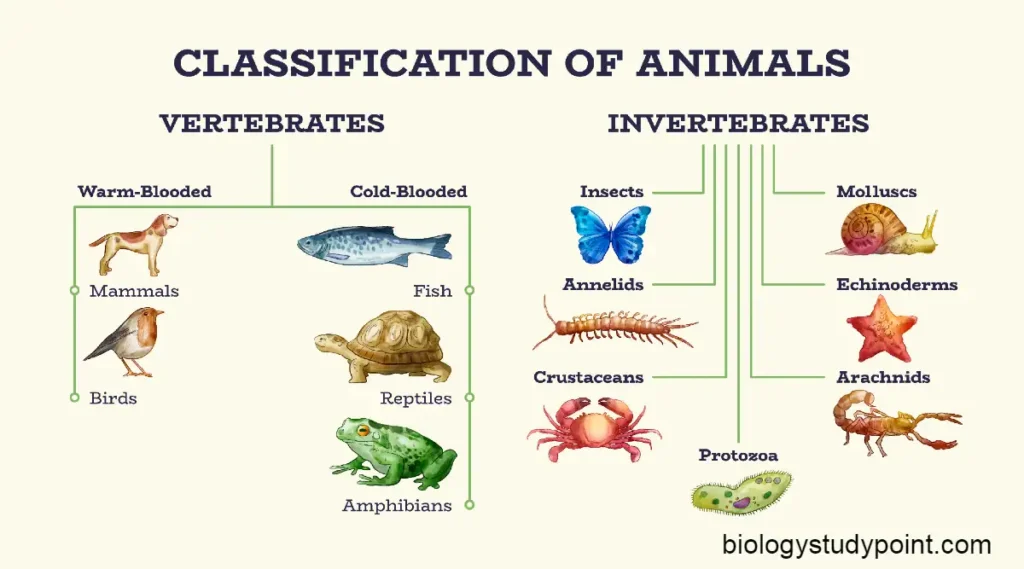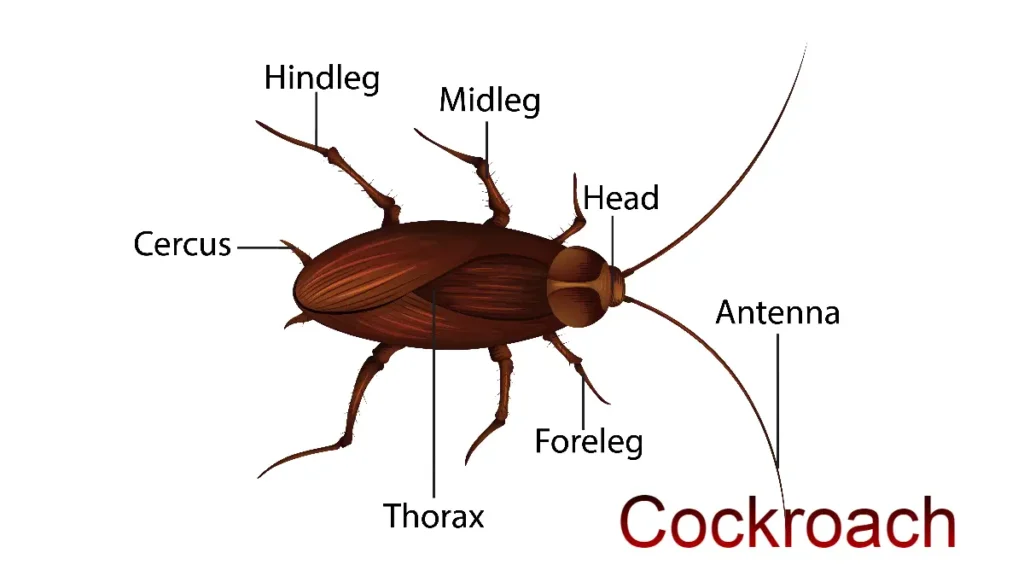Hello, everyone. Welcome to this new article. If you’re interested in understanding the significance of the binomial system in biology, What is binomial nomenclature? then this article is for you. Binomial nomenclature, a system of naming organisms, is a fundamental concept in biology that allows for clear and precise communication about different species. In this article, we will explore this system step by step.
What is binomial nomenclature?
If you want to understand binomial Nomenclature, first, you must understand what Nomenclature is. If we have to understand this, what is Nomenclature to know about, and what will Binomial Nomenclature know about it?
What is Nomenclature in biology?
Giza, Inimene, Emberi, Manna, Doanna, Umano …
Maybe these words are new to you, but they all mean the same: “human,” which is known by different names in foreign languages.
More than 6000 languages are spoken all over the world. Now, the name of any one organism differs according to the language. An elephant is in English; in Spanish, it is called Elefante, and it is called Elefantessain in Italian.
Similarly, as many languages are spoken, so many names will appear. Now, it can’t be good for anyone; now you tell me how many languages anyone can remember.
Thus, the need for a universal naming system became apparent. This led to the adoption of the scientific nomenclature system, a system accepted and used worldwide for all organisms.”The process by which organisms are given scientific names is the nomenclature or taxonomic group is called nomenclature.”

For example – Just as the scientific name in the whole world is Homo sapiens. He represents the human.
Taxonomy and grouping facilitate an in-depth understanding of the unique characteristics of each organism and the internal relationship between closely related species.
It plays an important role in managing their similarities and dissimilarities based on a known species. Also, many of its characteristics are checked before renaming any organism. His size, where he lives or where he is,
and what he eats. Is it a carnivore, vegetarian, or omnivorous, and what is the pattern? His genetic information is also taken. Information is taken about its adaptation, how it develops, etc.
Systematic organism science is the first responsibility of biological Nomenclature and classification development. Nomenclature does not end with systematization and classification.
But it provides essential information about biodiversity. The nomenclature process provides names at all levels in the taxonomy of life and for all taxa.
The naming of organisms is the International Code of Zoological Nomenclature (ICZN) based on the guidelines for scientific names; only the name of every living being is fixed, i.e., that name cannot be the name of any other organism.
Now you will understand well what binomial Nomenclature is and what happens.
What is binomial nomenclature?
Binomial Nomenclature is made up of two words.
The First Bi = two, and the second Nomen = Name.
Biologists, following all the world’s rules, have given scientific names to any organism. Every scientific name comprises the first genus and the second species’ name.
“This system of naming organisms is Binomial Nomenclature. Carolus Linnaeus first developed this system, and after that, all the biological scientists of the world practiced and worked on it.”
For instance, the Indian national bird, the Indian Peafowl, is scientifically known as Pavo cristatus. Similarly, the scientific name for the national animal, the tiger, is Panthera tigris. These examples illustrate how the binomial nomenclature system is used to uniquely identify different species.
Having understood what Nomenclature and binomial Nomenclature are, let’s now delve into the rules that govern this systematic process.
Basic Principles of Nomenclature –
- There is an emphasis on regularity in the classification and Nomenclature of organisms. Any taxon should have only one correct name.
- If there are already two or more names, the correct name will be the one that appeared first in use. This method, the “law of priority,” is related to
- If two or more subjects (scientists) use different names simultaneously to describe the same organism, it will result in “synonyms.” Therefore, only a proper name will be valid. Provided that the senior synonym is recognized. This is the law of precedence.
- When a name belonging to two different taxa has the same pronunciation at the nomenclature level, it is called a synonym. (Homonyms) are words. This situation arose when the same or similar name was used for an organism or object by two different authors belonging to two distinct taxa. This position is a homonym. In this case, the junior or short name becomes invalid, and an unknown is proposed for reinstatement.
- A substance based on a fundamental description gets special status; this idea is a “Type Concept.” Thus, a concept of genus and species is determined by their genus or type of species.
- The tenth edition in Naturae” of Systema 1758 is not recognized.
- The scientific name must be either Latin or Latinized, and the name must be italicized.
- Lineage or genus should be a single word, and the first letter should be capital letters.
- The species name should be a single or mixed word and begin with a lowercase letter.
Conclusion
In this article, we learned what Nomenclature is, what Binomial is, and its rules.
I hope you liked this article. You will be satisfied with the information given in it. Friends, if you enjoyed this post, do not forget to share it.
Thank you so much





